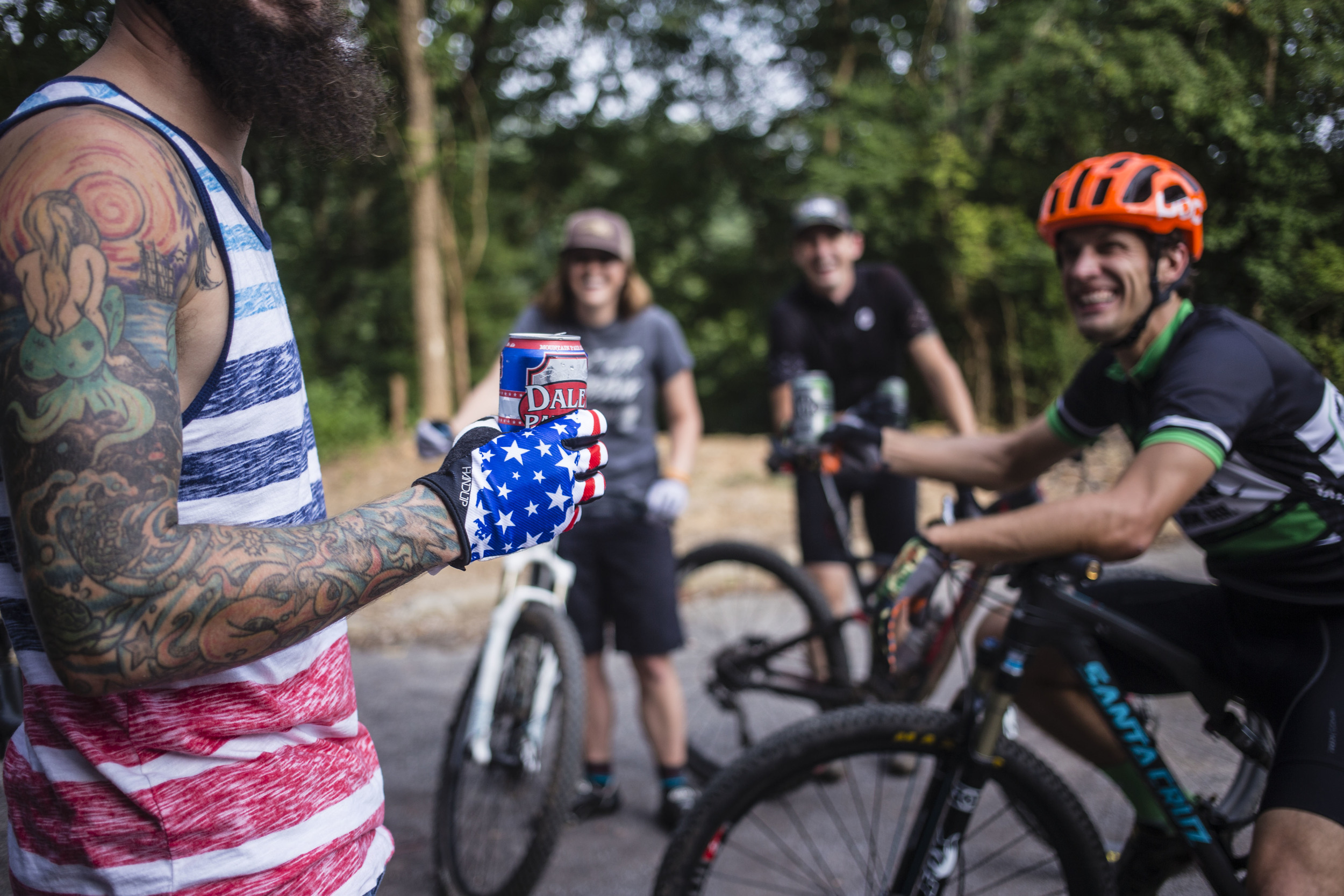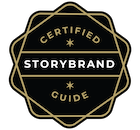What led you to create Handup Gloves?
I get that question a lot. In a previous life, I was a pro dirt bike racer and would mainly compete in endurance desert races. Back in those days, racing became my life. I was obsessed with each aspect of it. I noticed the quality that went into each component of the bike, the helmets were way ahead as far as technology as was the apparel. Because I raced more endure, any product that lacked quality would be very apparent to me. I always liked a glove that had more control over the bike and had less padding. This allowed me to, and I know this sounds weird but become more one with the bike. I tried every glove you can think of; padded gloves, full-fingered gloves, some made from breathable materials, others made from leather and beefier materials, etc. and I kept coming back to a minimalist comfortable glove. So after my racing days, I started road biking, mountain biking, and racing cyclo-cross and I quickly noticed that there was no specific cycling glove company or offering that was comparable to my dirt bike days. Cycling gloves were made by the big brands and didn’t specialize in the product category. When I went into cycling shops, I noticed that the only difference in gloves was the price. The customer would ask themselves, “Do you want to spend $20 or $80 for basically the same thing?” So I decided that the cycling world could use a company that focuses just on gloves. So that’s what I did. I put our complete focus into cycling gloves.
What was your biggest inspiration for the company?
There are a few inspirations for the company but the biggest, biggest inspiration was a company called Stance Socks. They are at the forefront of design, then speak to a specific culture and worldview that they understand, and are content with knowing that their socks aren’t for everyone. That was one of the attributes that I decided early on – I was going to choose a market and stick with it. Understanding that my product had to be developed, packaged, priced, and targeted specifically to this market. That’s the hard part of this – which segment am I going to choose? I knew that if I made the gloves for everyone, that it would be just like every other glove. I’m glad I choose this market because they are a ton of fun and very loyal to what we’re trying to create.
Why did you choose this market?
That’s a great question. When I was racing cyclo-cross, I remembered that there was this group of folks that would shout and yell at me as I came around a corner. It didn’t matter if I were in the first place or dead last, they cheered and called me names and it made me feel like I was a part of a culture. I noticed that this subculture was not a part of sleek road bikers that cared more about technology and how many kilojoules they put out, they cared more about hanging out and their love of bikes and beer. I knew that if I came up with a product that spoke specifically to them and didn’t tailor the brand towards the Rapha jersey-wearing cyclist, that they would accept me as part of their culture. So we came up with designs that spoke to them that had wild and vibrate colors that stood out when you road by and say phrases like ‘Merica and EPIC – which we knew that this crowd would dig. We also chose this market because they are just a group of fun people. When you hang out with the road bikers, you notice that they are all in competition mode with each other and don’t really hang out much outside of cycling. Our market hangs out while cycling or racing. The race is secondary to the party that they are having in the pit. What’s funny is that some of the road bike folks even come out to hang with us and let loose because they feel that cant, when they have to wake up at 5:30, am to ride with their Rapha folks.
How do you go about developing designs for your gloves?
Yeah, we spend a lot of our time on design and watch for rising trends in the market. Not necessity in the cycling market but trends in fashion and other similar companies. Sometimes people love our designs, and sometimes we learn a tough lesson. What we love about designing gloves is that they often surprise you – the ones that do well I mean. We’ll think that the one that we’ve put a lot of time and ourselves into will do great but it turns out to be a dud. Then the ones that we mess around with making and create the kind of as a joke will launch and in a few weeks it does fantastic. We understand that we have to constantly be innovating and evolving our designs and technology but also not jump on the bandwagon of the latest fads. We’ve definitely learned our lessons there.
What do you want this company to become?
So this is something we think about a lot. The ultimate goal of the company is to create a culture of connectivity that just so happens to sell cool cycling gloves. We’ve debated back and forth on moving into new product lines or looking for other ways to create different cycling products. But at this point, we keep coming back to the culture. What most companies do is they build a product and say, “okay now we need to find a market to sell this to.” We turned that on its head in the beginning. We looked at the culture and then created a product just for them. We didn’t focus our time on buying magazine or billboard ads, instead, we highlighted our customers and the subculture that they are a part of. Every time someone wears our gloves they are very noticeable and seen by other riders. They usually get asked, “What gloves are those?” And before you know it, they are having a conversation about our company that we didn’t pay for. So the word of mouth is huge and when someone does buy our gloves we make them feel like they are part of the in-crowd now.
What we see on the horizon for not just gloves but most brands are developing more authenticity. With some companies, you can just tell that they used staged photos and actors for their products, but said we’re not going to do that. We’re going to use real people that we hang out with or that buy our products in all of our marketing. To our customers, they feel more like this is a company that cares and less like one that is trying to make a quick buck. I think customers want to have a deeper relationship with authentic brands, but many of the brands are still stuck in the old way of thinking.



